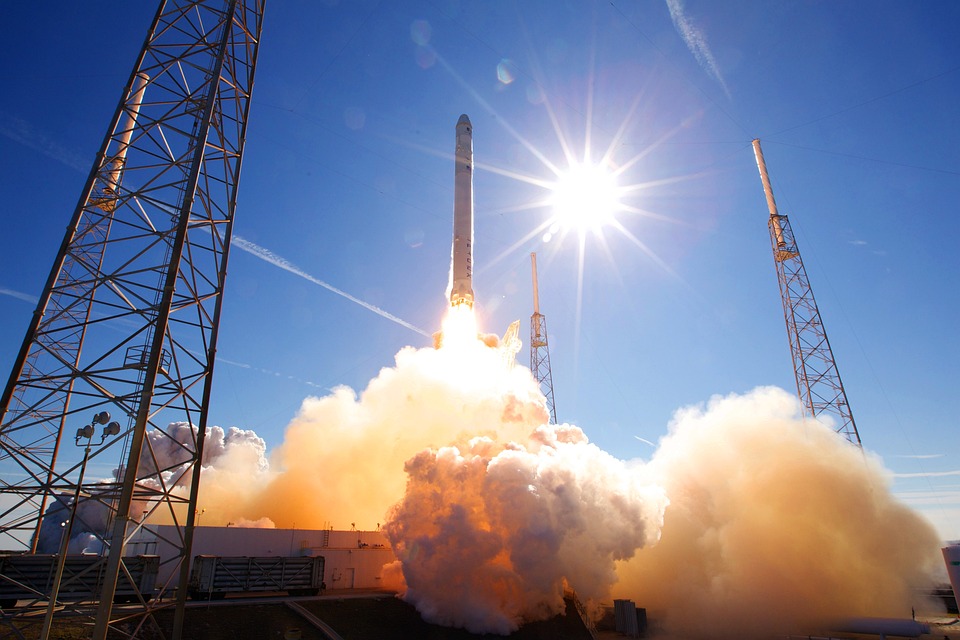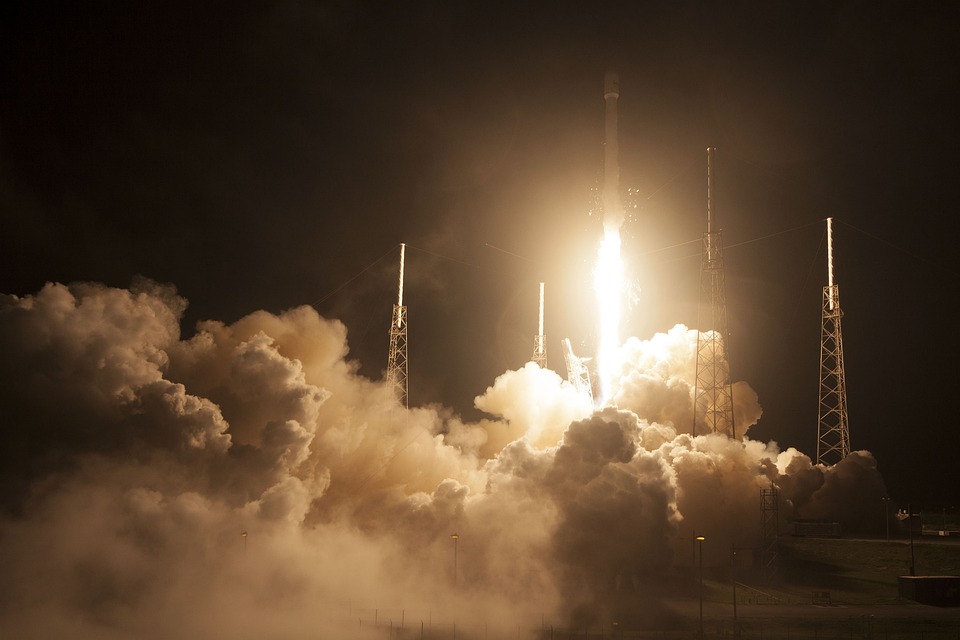Twenty-One SpaceX V2 Mini Satellites Launched in Orbit
While SpaceX launching satellites is always an event, it’s crucial to note that the company has launched around 4,000 satellites worldwide, focusing on improving overall internet service through Starlink. As of the moment, SpaceX plans to apply for the approval of around 30,000 overall satellites to send into orbit, though they currently have regulatory permission to deploy 12,000 Starline satellites.
The new generation of Starlink satellites (known as V2 mini-satellites) launched about five hours later than originally planned due to concerns with the weather. That said, 21 of the new generation of satellites were launched into orbit with no issues on February 27, Monday evening.
The satellites were brought to orbit by the rocket Falcon 9, which has seen constant use for more than a decade (with different variants between). The Falcon 9 first launched around June 2010 and has seen hundreds of launches since then. The current active version of the Falcon 9 has launched a total of 150 times, all of them successes.
That said, the V2 mini-satellites were built to fit into the Falcon 9, but SpaceX has plans to develop a full V2 Starlink spacecraft. The next generation satellites are meant to be launched to orbit by the (as of yet non-operational) Mars rocket, which is a far larger rocket than the Falcon 9.
While the V2 mini satellites are smaller than the planned full-sized V2 Starlink spacecraft, the mini-satellites are still larger and more capable than any other satellite launched by SpaceX to date. The satellites have around four times the capacity of the last batch of satellites.
The Starlink launch had originally been meant to coincide with NASA’s Crew-6 astronaut mission, as well as another launch by Starlink in California, located in the Vandenburg Space Station. That said, the planned triple header launch was scrapped due to a variety of issues. The first was the space weather issue of the V2 mini satellite launch, though it was able to achieve liftoff 5 hours later. In addition, the Crew-6 mission ended up being postponed due to a ground-system issue occurring during the countdown.
The Vandenburg mission—which was planned to launch 51 of SpaceX’s older generation of satellites—had also been delayed due to the weather. The earliest possible launch of the Vandenburg mission is planned for February 28. As for the Crew-6 mission, NASA has plans to launch on March 2.
Just as planned, the first stage of the Falcon 9 rocket landed in the Atlantic Ocean, specifically on the SpaceX drone ship (A Shortfall of Gravitas). The first stage landed a planned 8.5 minutes after liftoff, and the second stage produced the 21 V2 mini-satellites 64.5 minutes after the initial liftoff.
With all sorts of advanced technology built into the V2 mini-satellites, SpaceX plans to continue making further advancements, with the eventual full-sized V2 mini-satellites dwarfing the capacity and capabilities of the current generation. Considering that these small satellites can already be considered the next generation of Starlink satellites, the future is undoubtedly bright for the V2 models.


